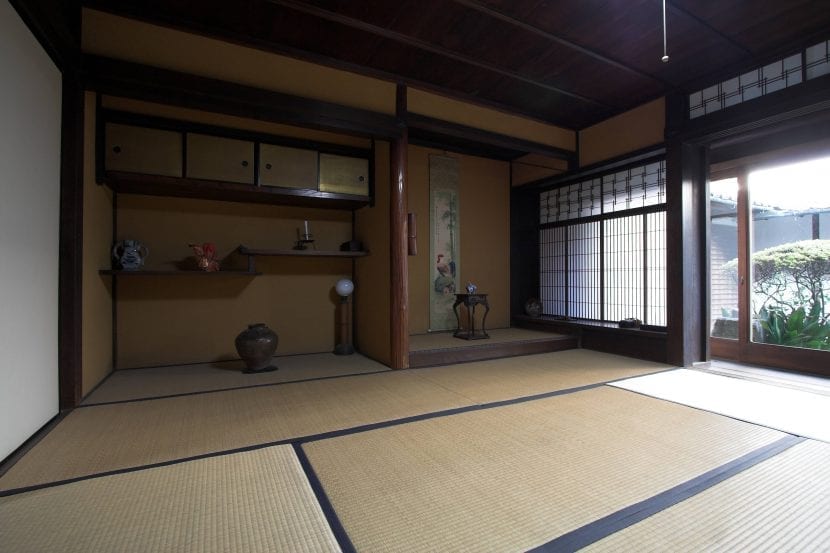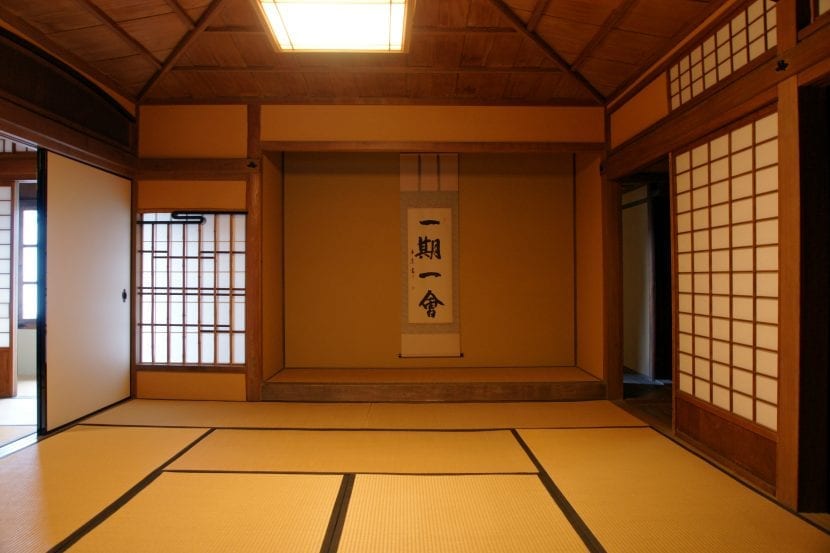
If there is a country full of peculiar customs, it is Japan, an eastern nation that in itself sometimes resembles our own planet. An island influenced by ancient customs and traditions found on the Japanese tatami, or the mat that encourages the art of sleeping on the floor, one of the most curious of all. Do you want to know better what it consists of?
Japanese tatami: an indispensable element of Japanese culture

When we see a typical Japanese house and find mats instead of beds, many Westerners have wondered how and why the Japanese find use for an item such as tatami. However, like all Japanese custom, this one has an explanation. Or maybe several.
The Japanese tatami is a mat normally made of straw and green in colorAlthough in some places they were filled with rice and currently it is also made with expanded polystyrene, although it is not the most common, much less in Japan. These, in turn, are covered with curious blankets made of reeds whose name is like.
Among the advantages of the Japanese tatami and its structure are the following:
- It is an acoustic insulator, since the straw allows to absorb sound, silencing dependency and facilitating sleep.
- It is a thermal insulator, since it allows people to be isolated from the cold of the ground.
- Absorbs moisture and regulates the environment, so there is greater freshness in summer and warmth in winter.
Centuries ago, the wealthiest families in Tokyo used them to cover the earth floor, although later it began to be placed in tea houses, being an element linked to the ceremonies held in these houses. By the time the XNUMXth century arrived, most Japanese had already adopted this support in their homes.
If anyone wonders if it was the tatami or the house before, it would be the first, since the arrangement and quantities of tatami that a house houses will define its structure. The Japanese tatami usually has measures 90 cm x 190 cm and 5 cm thick, although there are also 90 cm x 90 cm. If, for example, four people are going to sleep in a room, the measurements of these will be conceived under the number of tatamis, being generally 5.5 tatamis the number of mats that a room supports.
The tatami mats should never be placed in a grid, or match 3 or 4 corners at the same point. For this reason, two types of tatami arrangement are known: shugijiki, in which the tatamis are joined vertically or horizontally even without forming totally square figures; or fushugijiki, in which the mats are placed parallel to each other in the same room. The tatami is an element that, on the other hand, only covers those in which you are going to sleep, leaving other rooms such as the kitchen or the bathroom free.

The use given to tatami mats by the upper classes and tea masters, joined judo or karate fights, which are still generally represented on the mat. The colors used in the tatamis for this type of combat are usually blue bordered with red and again with blue, marking the security perimeter for players and spectators.
Currently, these supports are still very present in Japanese homes. In fact, any real estate agency will offer a home on “tatamis” depending on the people interested.
In this way, the tatami not only emerges as an alternative to the western bed with many advantages, but also as a cultural concept that governs sleep, traditions and norms in the home of Japanese families who walk barefoot on a floor where they will sleep cool throughout the summer without the need for fans.
Would you like to sleep on a tatami?